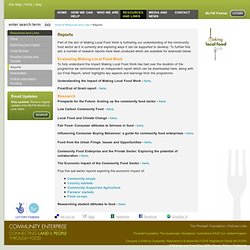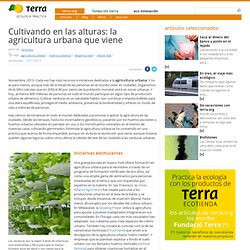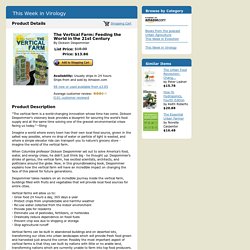

Now-architecture.com: 7/1/08 - 8/1/08. In 2003, Yeang's work was included in the exhibition "Big & Green: Towards Sustainable Architecture in the 21st Century" curated by David Gissen at the National Building Museum Yeang's 1992 Menara Mesiniaga building in Subang Jaya Selangor, Malaysia is a catalogue of his bioclimatic techniques, including daring "vertical landscaping", external louvers to reduce solar heat gain, extensive natural ventilation and lighting, and an "active Intelligent Building" system for automated energy savings.

Like William McDonough, Yeang's concentration on energy conservation and environmental impact is a radical departure from mainstream architecture's view of the profession as an art form. Yeang has written, "In practice, architectural design is a craft, and a variable one at that. An interview with architect Ken Yeang, on CNN's 'Just Imagine' programme.Ken describes his vision for the future of buildings - and how we might live in and organise our cities in 2020, to make them greener. Reports - Making Local Food Work. Part of the aim of Making Local Food Work is furthering our understanding of the community food sector as it is currently and exploring ways it can be supported to develop.

To further this aim a number of research reports have been produced which are available for download below. Evaluating Making Local Food Work To fully understand the impact Making Local Food Work has had over the duration of the programme we commissioned an independent report which can be downloaded here, along with our Final Report, which highlights key aspects and learnings from the programme. Understanding the Impact of Making Local Food Work - here. Final/End of Grant report - here. Research Prospects for the Future: Scaling up the community food sector - here.
Low Carbon Community Food - here. Local Food and Climate Change - here. Arquitexto » La agricultura urbana: el alimento como catalizador del cambio. Urban Design Lab-The Earth Institute, Columbia University Escrito por: Vanessa Espaillat Bonnelly La agricultura urbana continúa ganando territorio en los diálogos nacionales e internacionales, y es obvio que la implementación de esta actividad va a depender de las condiciones de cada ciudad y las necesidades de corto y largo plazo de sus comunidades.

Todos los ciudadanos globales están conectados por una compleja red alimentaria, compuesta por sistemas agro-industriales altamente sofisticados. Sin embargo, la distribución equitativa de alimentos y recursos dentro de esta red no ha sido tarea fácil. Cultivando en las alturas: la agricultura urbana que viene. Noviembre, 2013.- Cada vez hay más recursos e iniciativas dedicadas a la agricultura urbana.

Y no es para menos, porque más de la mitad de las personas en el mundo viven en ciudades. Organismos de la ONU calculan que en 2050 el 80 por ciento de la población mundial vivirá en zonas urbanas. Y hoy, al menos 800 millones de personas en todo el mundo participan en algún tipo de producción urbana de alimentos. Cultivar verduras es un saludable hábito: son nutritivas e imprescindibles para una dieta equilibrada, proteges el medio ambiente, preservas la biodiversidad y ofreces un modo de vida a millones de personas. Hay cientos de iniciativas en todo el mundo dedicadas a promover e aplicar la agricultura en las ciudades. Las verduras son la mejor fuente de vitaminas, micronutrientes y fibra para que el cuerpo humano goce de salud y son claves para la riqueza nutricional de cualquier dieta.
Las ciudades verdes Edificio destinado a la hortoterapia en Tailandia. An Off-Grid Vertical Farm for Downtown Seattle. Living Future. Arquitexto » La agricultura urbana: el alimento como catalizador del cambio. » Nueva York agricultura verticalGnoseogénesis. This Week in Virology - The Vertical Farm: Feeding the World in the 21st Century. Product Description "The vertical farm is a world-changing innovation whose time has come.

Dickson Despommier's visionary book provides a blueprint for securing the world's food supply and at the same time solving one of the gravest environmental crises facing us today. "--Sting Imagine a world where every town has their own local food source, grown in the safest way possible, where no drop of water or particle of light is wasted, and where a simple elevator ride can transport you to nature's grocery store - imagine the world of the vertical farm. When Columbia professor Dickson Despommier set out to solve America's food, water, and energy crises, he didn't just think big - he thought up. Despommier takes readers on an incredible journey inside the vertical farm, buildings filled with fruits and vegetables that will provide local food sources for entire cities. A Look Inside Vertical Farm (Click on Images to Enlarge) Review “A book you will read, and then you will read it again.
And so on. The Vertical Farm Project - Agriculture for the 21st Century and Beyond. 16_Estudio_de_Caso.pdf.